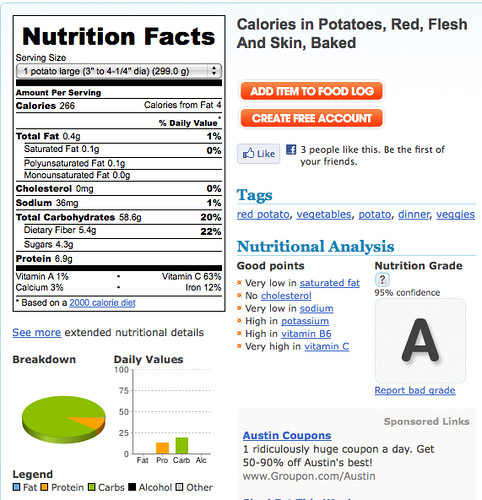 |
| Bean soup with tomatoes, peppers, onions and herbs from the garden, homemade chicken stock, free range chicken sausage, adzuki and black beans, smoked paprika, chilly powder, salt and lots of time. |
Dried beans are a wonderful source of protein and they store so well. They can be kept in attractive lines of mason jars on your counter, or be stowed in conveniently shaped plastic tubs in the cupboard. They store for years and take very little effort to rehydrate into delicious concoctions of hummus, falafel, chilly, soup, or just about any yummy side or main dish you can think of. When paired with rice the amino acids chains form near complete proteins, making the ole 'bean and rice' simple meal a vegetarian's go-to meal for healthy, vegetarian protein.
Legumes pack in so much punch, in fact they can be hard to digest. This difficulty is also caused by the a sugar –- oligosaccharide which cannot be broken down. Combining the nutrient-rich bean with some ruffage (leafy greens), epazote or just a mixture of other cooked/raw foods can also help to make them more digestible. Lentils cause the least amount of flatulence and have some of the best nutrients, so they may be a great option for folks not desiring to scare away their co-workers the next day. Legumes have quite a bit of iron in them, another reason they're a great red meat replacement that's easier on the body and environment. Beans also have a large amount of fiber in them which will help you to feel full if dieting, aid in 'regularity' and help stave off cancer and obesity by boosting overall health. You can never have too much fiber, in my opinion.
I could go on and on about beans, but i'll leave it at this: it's easy to buy canned beans. They make a very quick meal. But they're also lacking a lot of the nutrition that's essential to good health. It takes a little extra time to soak beans overnight, but really - is that so much effort? The beans are really doing all the work for you and they only take 45 minutes to cook the next day. You can let them simmer all day long as i did for the soup above, but you don't HAVE to. Go out and buy some dried beans today. You'll be thrilled with their price point: cents a pound versus dollars a can, and your overall health will thank you. The fields used to graze inefficient cattle instead of complete human-feeding foods will thank you as well when they eventually get turned back over to more efficient food raising. Or at least i can hope.... Dried beans! The musical fruit! The more you eat! The more resistant to cancer, obesity, irregularity and general malaise you'll be! hahaha.
What's your favorite use for dried beans?





